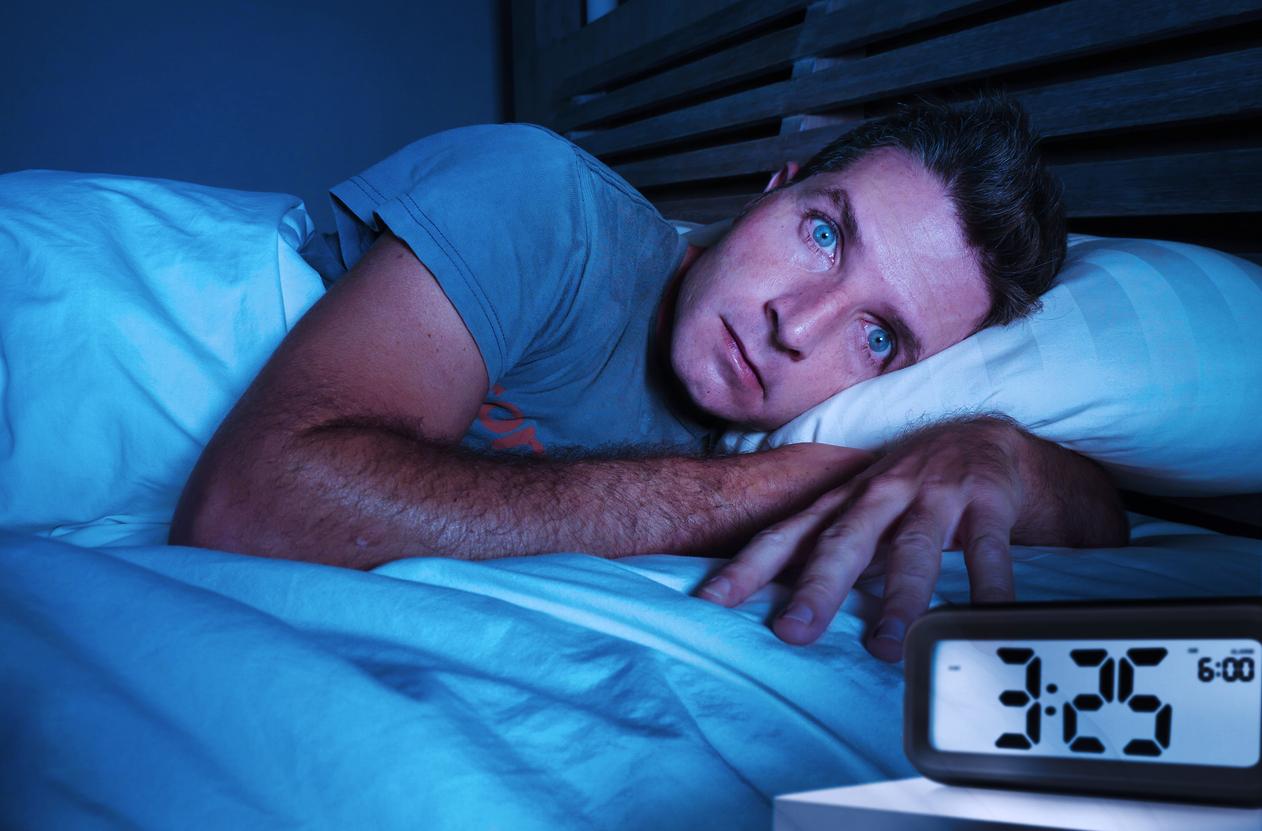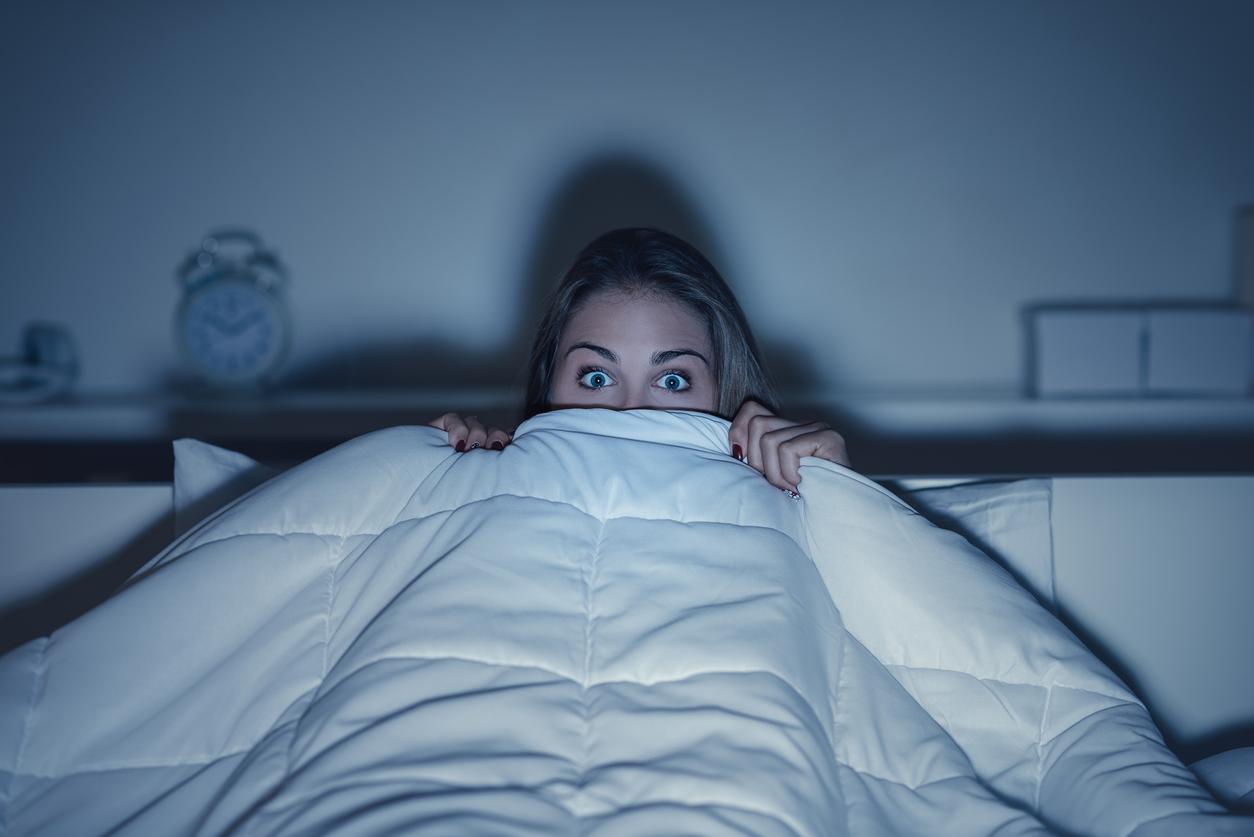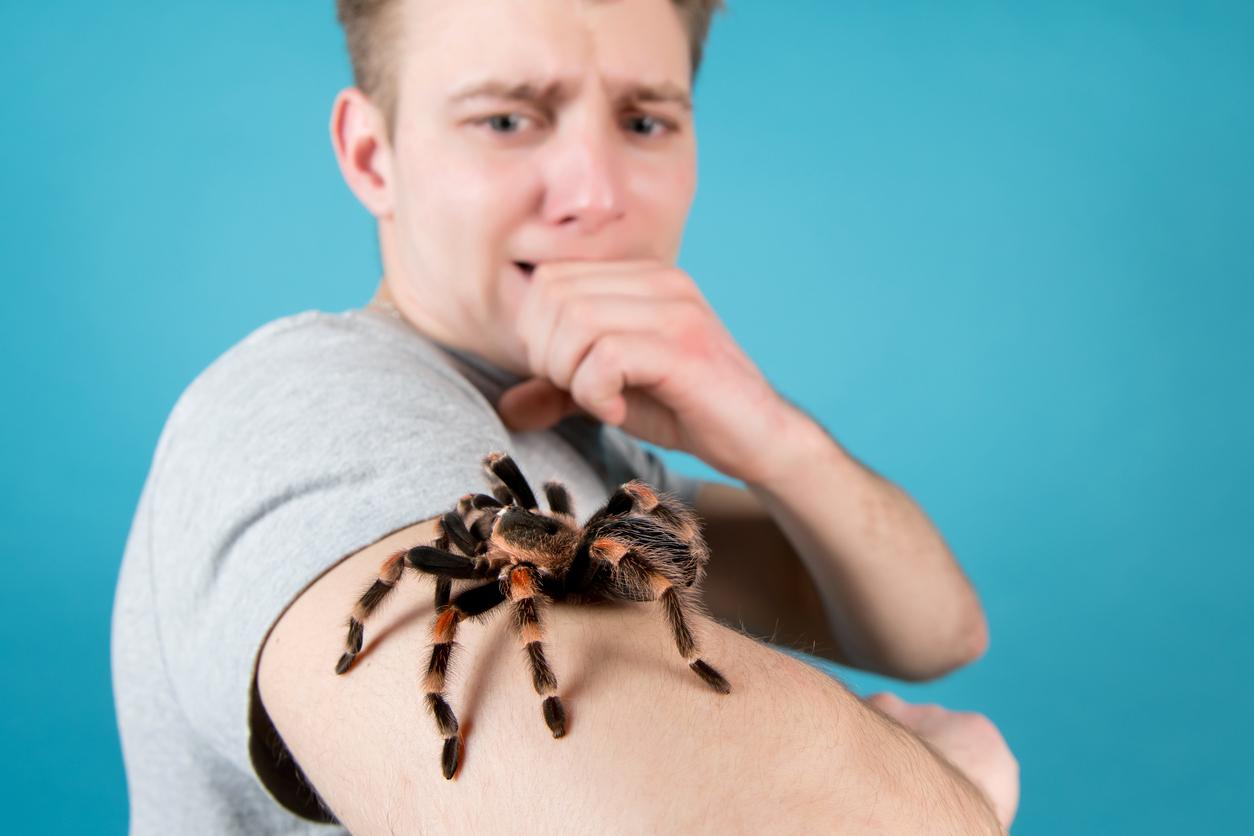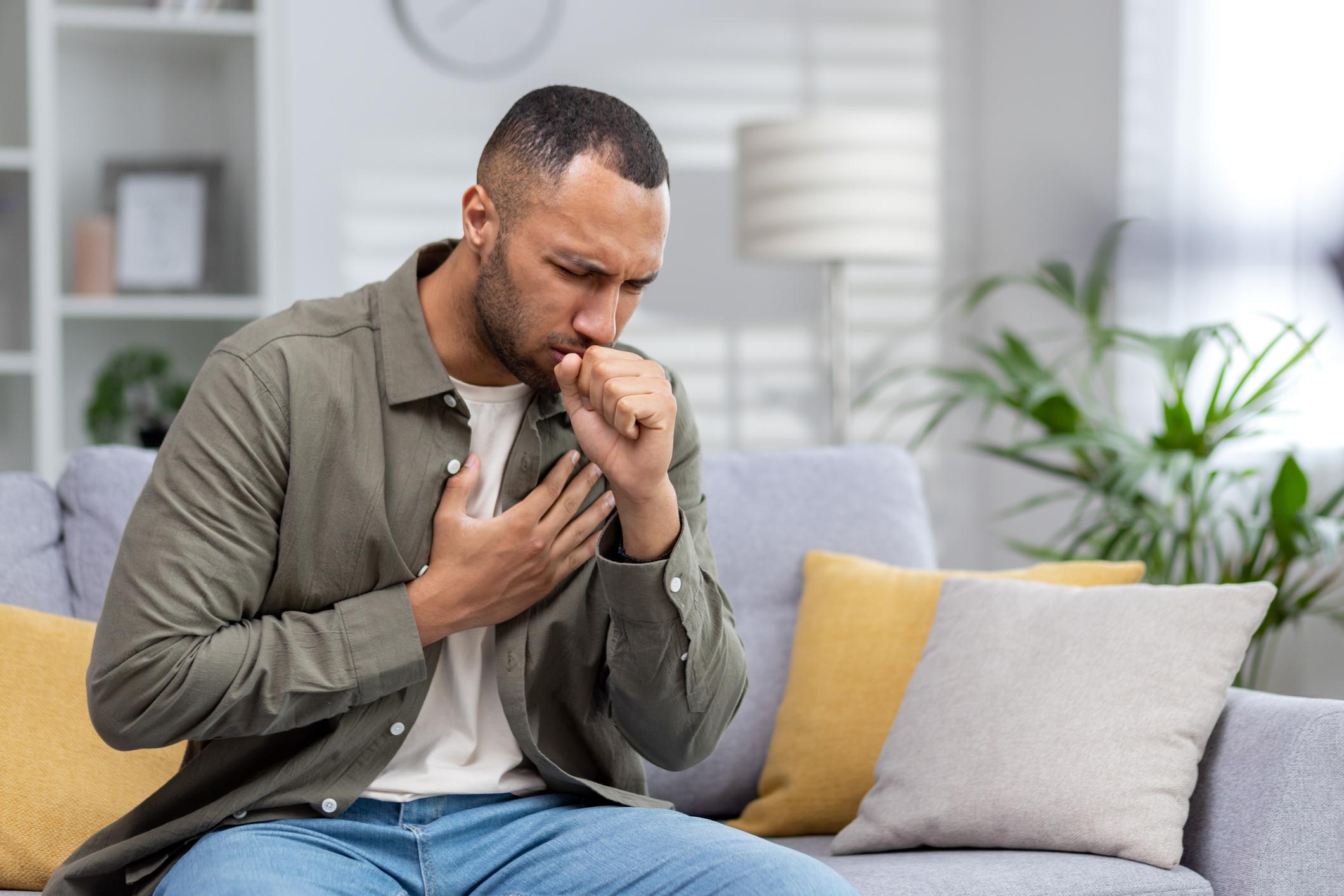The human would exteriorize his fear more if he is surrounded by his friends than if he is alone. The reaction would also be greater if the fear arises unexpectedly. Explanations.

- Previous fear studies typically only included one individual or at most two friends.
- This new experience is therefore the first to study reactions within a group.
Fear is a feeling of anguish experienced in the presence or thought of a danger – real or supposed – or a threat, according to the definition of the Larousse. Like all feelings, this one is subjective. From one individual to another, the frightening situations are therefore not always the same… But there are also similarities, things that frighten everyone.
Several factors influence the body’s reactions to fear
In terms of reacting to fear, humans are also similar. The physical manifestations of fear are often the same: sweating, increased heart rate, dilated pupils, etc. But, according to a study published in the journal Psychological Science, these body responses to fear would be different depending on the social context as well as other factors.
Experience in a haunted house…
To analyze these physical manifestations of fear, the scientists conducted a rather original experiment: the participants had to follow a course in a haunted house! Of course, they knew the place was safe and that nothing serious would happen to them, but they were still faced with frightening situations that they did not always expect such as gunshots or the threat of to be suffocated. Thus, the 150 participants visited the haunted house in small groups. The journey lasted about thirty minutes and the building had 17 rooms. To analyze fear responses, visitors wore a physiological monitoring bracelet.
…to analyze the different factors of fear
The aim of the scientists was to analyze the influence of three main factors on the body’s reactions to fear: the social context (i.e. the presence of friends), the characteristics of the threats (if they were expected) and emotions (whether people were afraid). “There are many factors that influence how human bodies react to threatexplains Sarah M. Tashjian, lead author of the study. We found that there was an emotional contagion of fear related to the presence of friends, and that the predictability of threats and subjective feelings of fear influenced how the body prepared its response.”
Greater physical manifestation of fear with friends
Thus, the researchers found that the more the participants had friends with them during their journey through the haunted house, the higher their physical reaction. “We interpreted this to reflect the contagion of fear: if your friends are around, your body picks up their signals and has a higher level of arousal even in the absence of specific fears or surprises”, develops Sarah M. Tashjian. On the other hand, the participants had, on average, peaks of reactions when the frightening element was unexpected or when it played on their subjective fears, that is to say the things that the participants had previously informed the scientists as frightening them. “If your body is more sensitive to the threatening event, you also psychologically feel more fear“concludes the researcher.
.















